
Chiral HPLC
Chiral HPLC for determination of optical purity is a necessity for the development of asymmetric reaction. It allows for quick analysis under high flow rate conditions, especially in supercritical fluids.
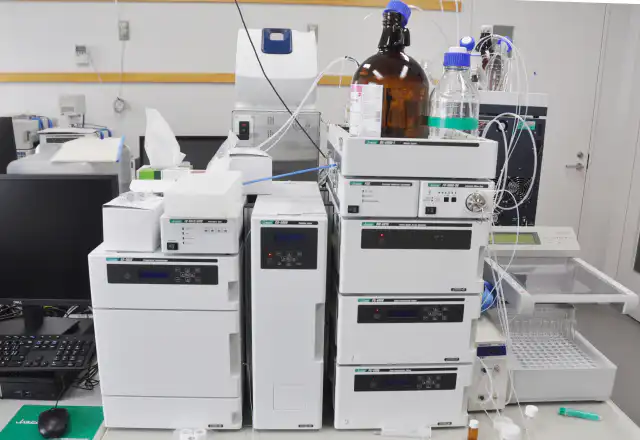
Preparative HPLC
It is useful for purification of compounds and separation of diastereomers. It can also be used for analysis of enantioselectivity.
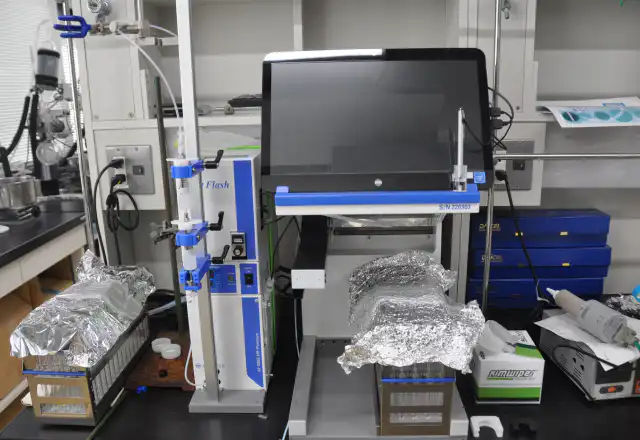
MPLC
This is used when purification with an open column is difficult. The auto-collector can automatically separate UV-absorbed peaks.
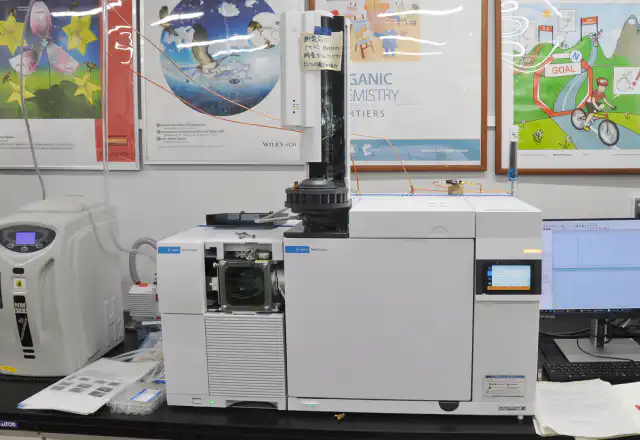
GC-MS
It is used for reaction tracking and detection of target compounds. It is a simple and important instrument.
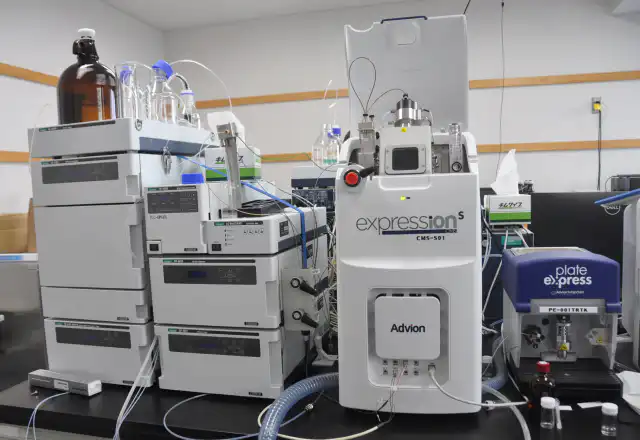
LC-MS
It is used to measure compounds with large molecular weights or ionic compounds that are difficult to measure with GC-MS.
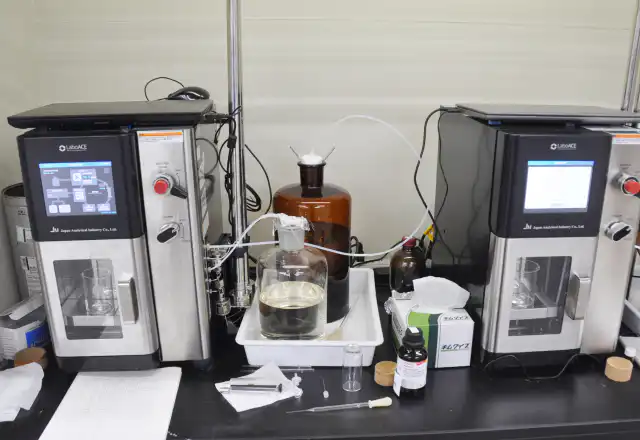
GPC
The system is used for purification of catalyst precursors and separation of geometrical isomers of reaction substrates by utilizing the difference in molecular size. A type with a variable UV wavelength (right photo) and a type with an RI detector (two units) are available.
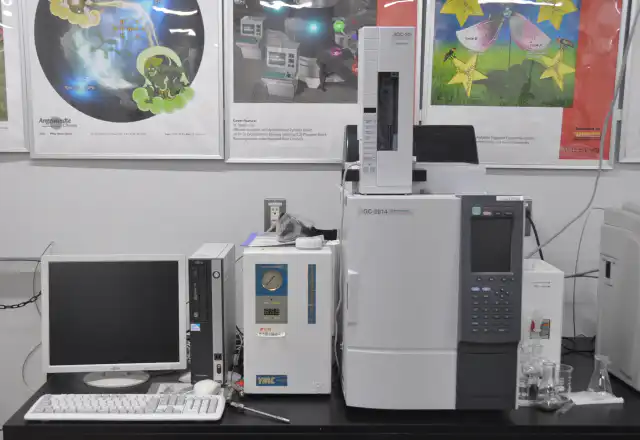
GC
It is used to measure enantioselectivity of compounds that are difficult to measure by HPLC (chiral columns), EZ ratio or diastereomeric ratio.
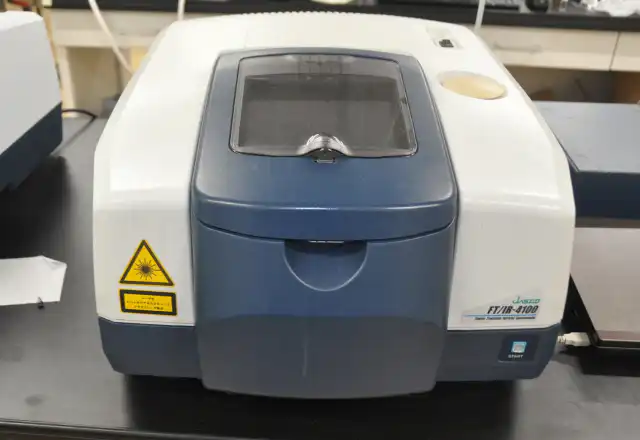
IR
Information on the structure and functional groups in molecules can be obtained. Both solid and liquid samples can be easily measured by ATR.
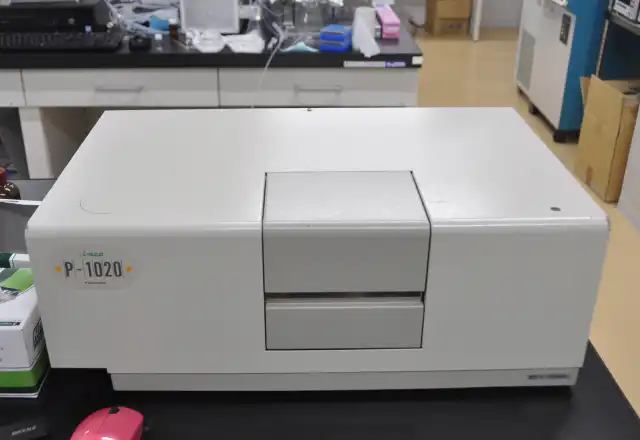
Polarimeter
Optical rotation is an important compound data used for determining absolute configuration. It is indispensable for asymmetric reactions.
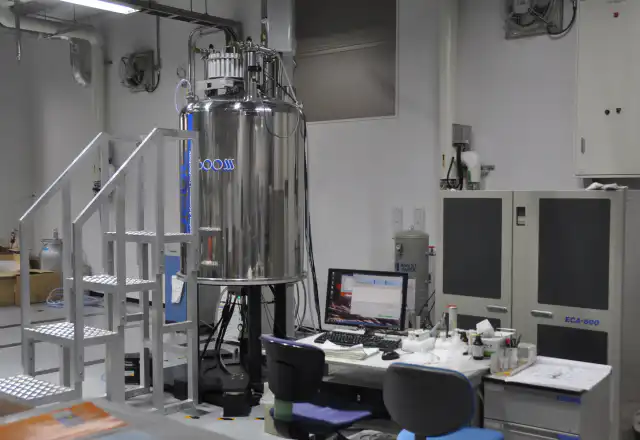
NMR(600MHz, 400MHz)
This is an absolutely essential experimental setup used to determine the structure of organic compounds. Another 400 MHz NMR is used in the Annex building. For the structure determination of more complex molecules, we use 800 MHz and 700 MHz NMR at Research and Analytical Center for Giant Molecules.
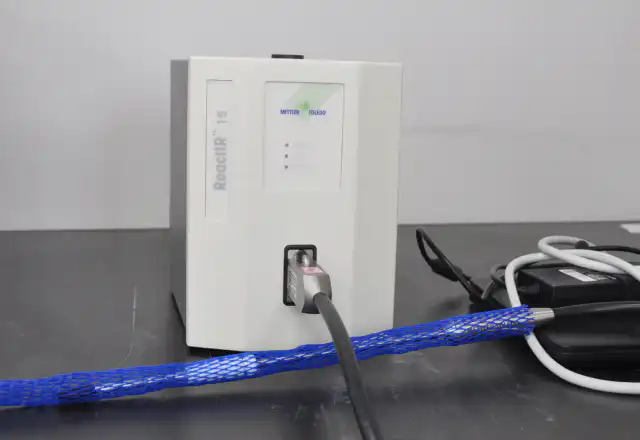
React-IR
It tracks changes in substrates, intermediates, products, and byproducts by IR during the reaction process.
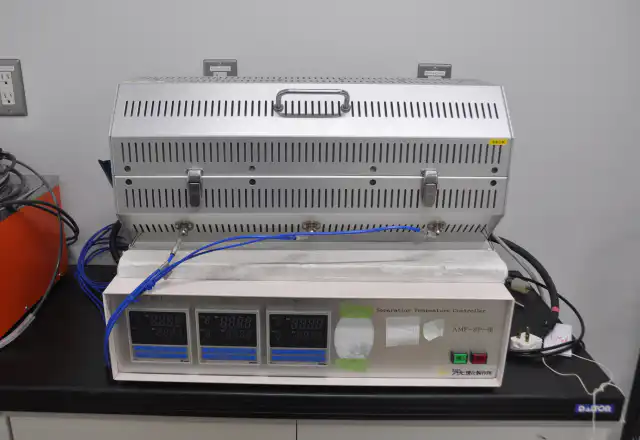
Sublimation refining equipment
This equipment purifies compounds containing impurities by sublimation using a carrier gas. High purification and crystal fabrication of organic electronic material molecules such as organic semiconductors.

Spin coater
This device produces thin films by using the centrifugal force generated by high-speed rotation.
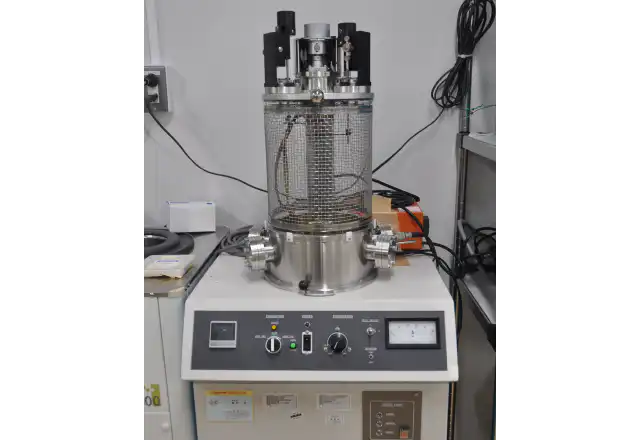
Vacuum deposition equipment
This equipment is used to deposit thin films by vaporizing materials in a vacuum atmosphere.
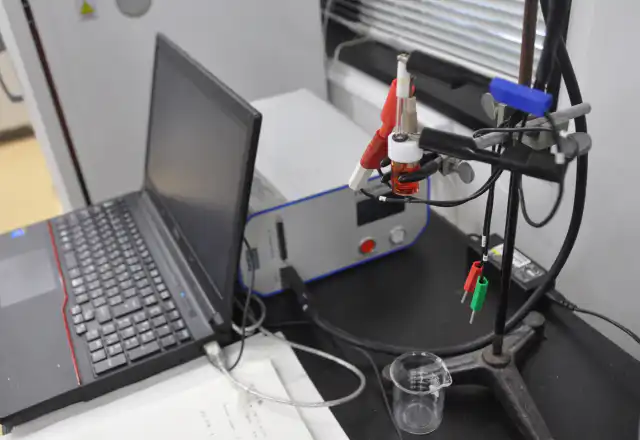
Cyclic voltammetry, CV
The current is measured while the potential is cyclically controlled to investigate the redox properties of the molecule.

Flow reactor
By pouring raw materials and catalyst into a fine channel, high efficiency can be achieved, which has been difficult to achieve with batch reactors.
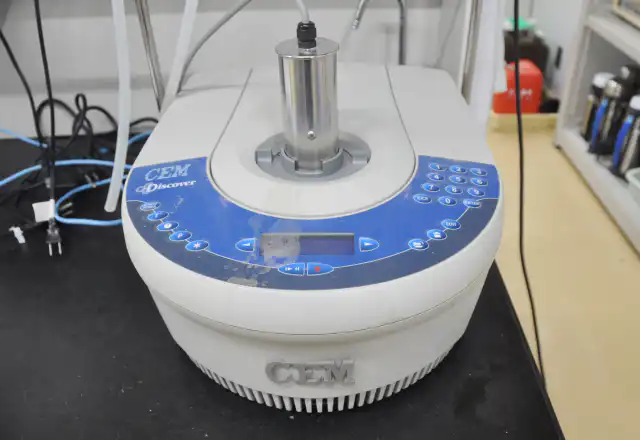
Microwave reactor
Reaction efficiency can be improved by microwave irradiation.
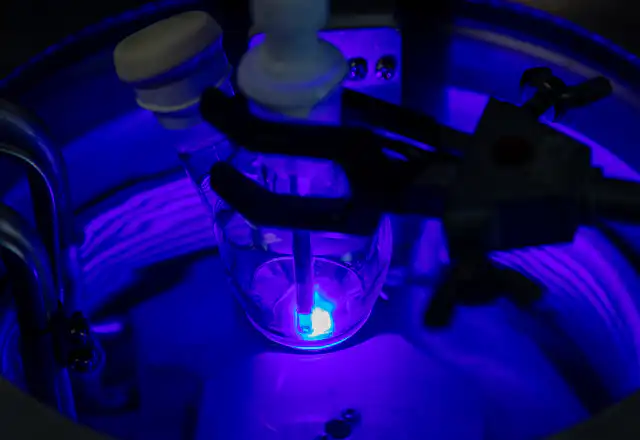
Photoreactor
Highly reactive intermediates are generated by irradiating light using LEDs as the light source.
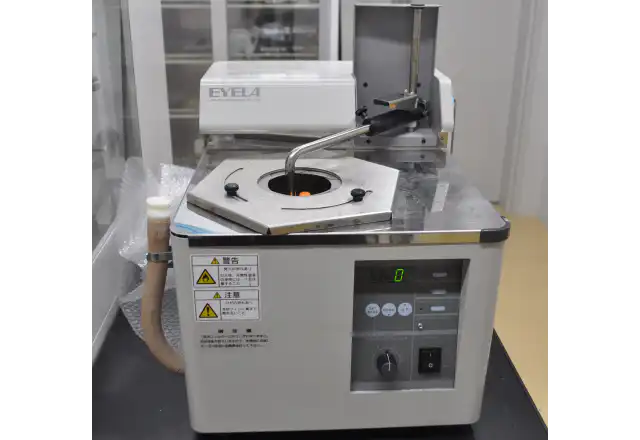
Thermostatic chamber
Thermostatic chambers are necessary for reactions at low temperatures, and we have one for temperatures from 0°C to -40°C and another for temperatures from -40°C to -80°C.
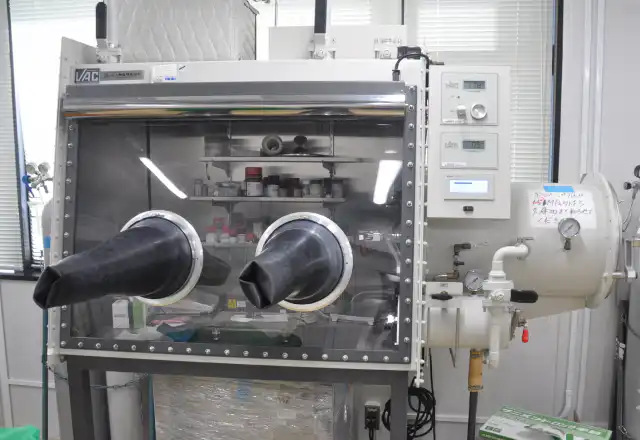
Glovebox
It is used when handling compounds that are unstable in air or water. It is especially essential for metal catalyzed reactions.
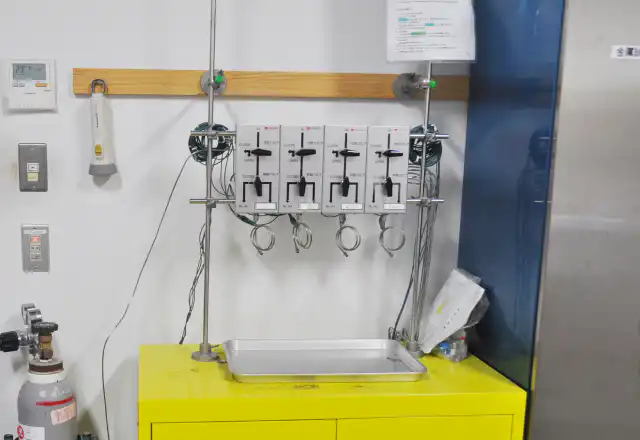
Anhydrous solvent system
Used as a solvent when conducting reactions under anhydrous conditions.

Workstation
Used to analyze reactions using computational methods.
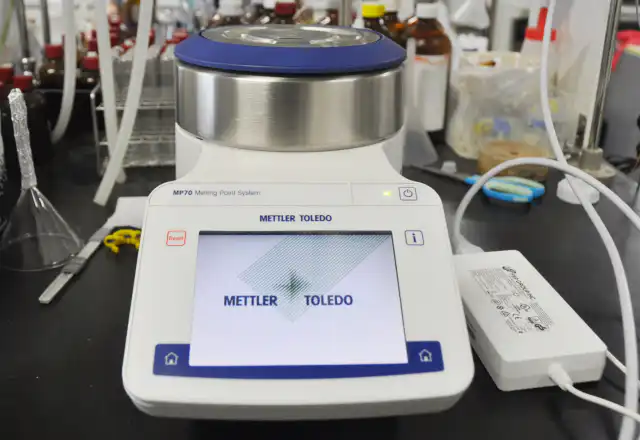
Melting point measuring device
Examines the melting points of solid organic compounds.

UV-Vis
By irradiating light in the ultraviolet to visible region, information on the electronic state of a compound can be obtained.
